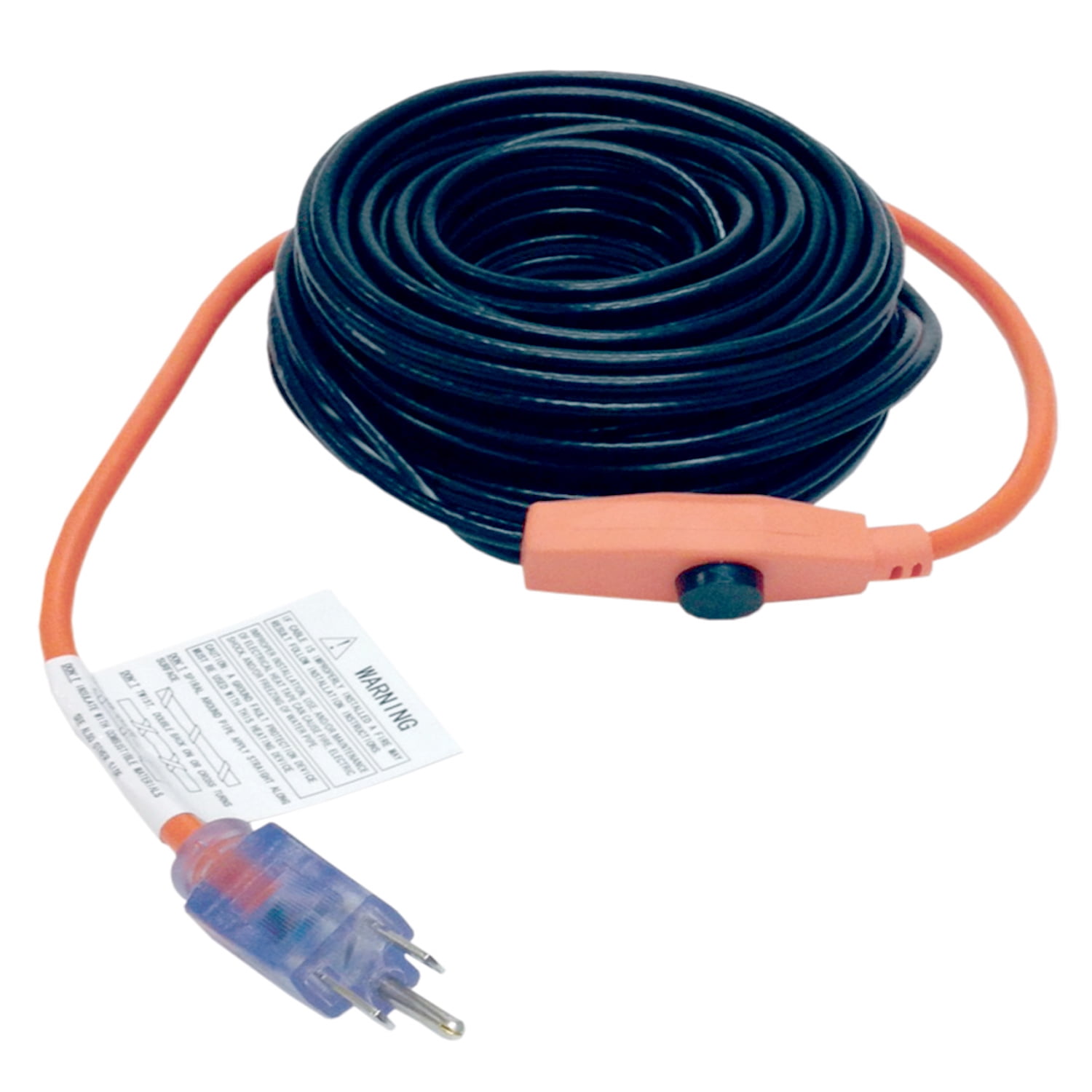

Somewhat rounded, resembling type NM or Romex™ cable. Highly flexible to conform to tight contours and odd shapes.Īs flexible as heating tape, but more forgiving of imprecise wrapping. Some styles are resistant to moisture or suitable for use on electrically conductive surfaces, but they must not be submerged, and are generally intended for indoor applications.įairly stiff (about as flexible as a garden hose), but very good for spiraling around pipes. Power densities and construction comparable to those of heating tape.Īvailable with housing styles that are resistant to water and many chemicals, and suitable for outdoor use. Higher power densities and temperatures, ranging from tapes with a maximum of 305° up to very-high-temperature tapes rated for up to 1400☏ (760☌). Lower power densities and temperatures, with maximum temperatures ranging from 150☏ to 500☏, and including low-intensity cables well suited for freeze prevention. What exactly is heating cable (heat trace cable, heat cable, etc.)? How do I run heating cable from a solar panel? (The Rule of Three).How long or short of a cable can I run?.Does "self-regulating" mean I don't need a thermostat?.What kind of heating cable should I use to keep ice dams from forming in my gutter?.What is heating tape? How about heating cord? Is there a difference?.What exactly is heating cable (heat trace cable, heat cable, etc.)?.
#Heat cable free
We'd like to think of this as "Everything You Need to Know about Heating Cable." If you've got a question that isn't answered here, feel free to call us and ask at (866) 685-4443, or email us – and your question might even become the subject of our next article here. We've put together this page, and the articles that are linked here, to try to answer any questions you might have, so you can feel confident that you're getting the right cable and using it properly.
#Heat cable how to
Heaters: what exactly it is, how to use it, what it's useful for, and so on. We get quite a few questions about heating cable here at O.E.M.
#Heat cable install
If you are looking to install a self-regulating system, there are specific advantages to choosing the nVent RAYCHEM brand. More durable cable makes repairs less likely and service life longer.Easily repairable cable ensures damage can be repaired without replacing the entire circuit.Easier installation reduces time required, which reduces total installation cost.Heater output is inversely related to the surrounding temperature, reducing output when less heat is required and maximizing energy savings.Ability to overlap cables simplifies design.Self-regulating technology allows cable to overlap without risk of burning out or fire.Some long-term benefits of self-regulating technology over constant wattage include: If you are looking for more flexibility during project installation, self-regulating cable may be the right alternative to heat tape. Constant wattage cable cannot be cut-to-length (must be ordered in exactly the correct length required).This means you need to remove the old cable, re-trace the application and re-insulate. In the event of cable damage, it generally cannot be repaired.This means maintenance needs for damaged cables should be careful considered. If the cable is damaged anywhere along the length, the entire circuit is lost.Cables that touch or overlap can overheat which leads to cable burnout and may be a safety risk.While heat tape can work for many projects, there are some limitations that make it less than ideal for some systems. Heat tape can often be referred to as constant wattage cable. Unlike self-regulating heating cables, however, heat tape comes in fixed, flexible lengths that cannot be adjusted on the fly. But which is better for protecting your building?ĭespite its name, heat tape isn’t something that can be stuck onto pipes or roofing for freeze protection. Many will turn to heat tape or heat cables. When it comes to ensuring your building is protected against winter weather, there are lots of options.


 0 kommentar(er)
0 kommentar(er)
